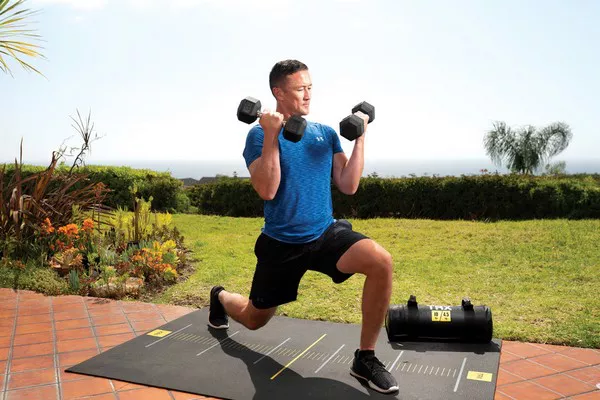Vibration plates have become increasingly popular in the fitness world, with some promoting them as a shortcut to traditional workouts. These machines are said to offer a range of health benefits—from weight loss to muscle strengthening and improved circulation. But do they actually live up to the hype? We spoke with fitness professionals and physical therapists to uncover what’s real and what’s not when it comes to this trending equipment.
What Is a Vibration Plate?
A vibration plate is a platform that rapidly vibrates, causing your muscles to contract and relax multiple times per second. This kind of whole-body vibration is designed to mimic the natural reflexes your body uses during exercise.
Dr. Vinh Pham, a physical therapist at Touro College School of Health Sciences, explains: “The vibration platform activates muscle fibers by moving slightly and frequently, helping stimulate muscle activity.” Laura Wilson, a training manager at Power Plate, adds: “Exercises performed on a vibration plate can engage more muscles than those done on a stable surface.”
The platform may vibrate in various directions—vertically, side-to-side, or front-to-back—each of which targets muscles differently. Users can perform exercises like squats, planks, or pushups on the plate, offering a versatile approach to fitness.
Are There Real Health Benefits?
According to experts, vibration plates can indeed offer certain health advantages. These may include enhanced muscle tone, better bone density, improved lymphatic drainage, greater balance and flexibility, and potential support for weight loss—especially when combined with a healthy diet and regular exercise.
However, fitness coach Michael Bates cautions: “While vibration plates can complement a fitness routine, they’re not a miracle tool. Their effects are modest, and they shouldn’t replace traditional forms of exercise.”
Related Topics

































